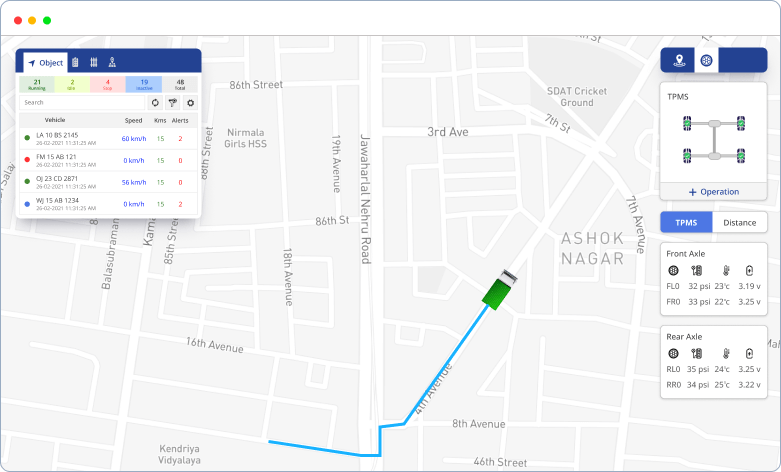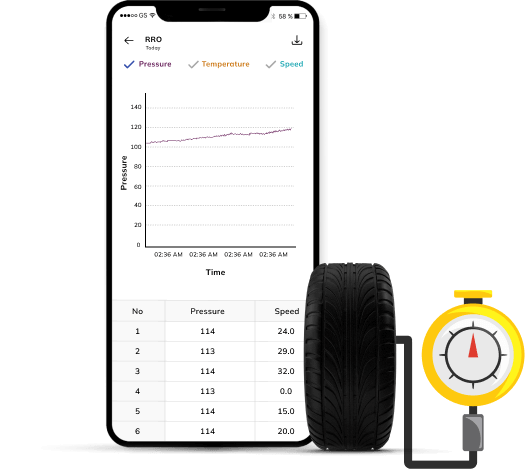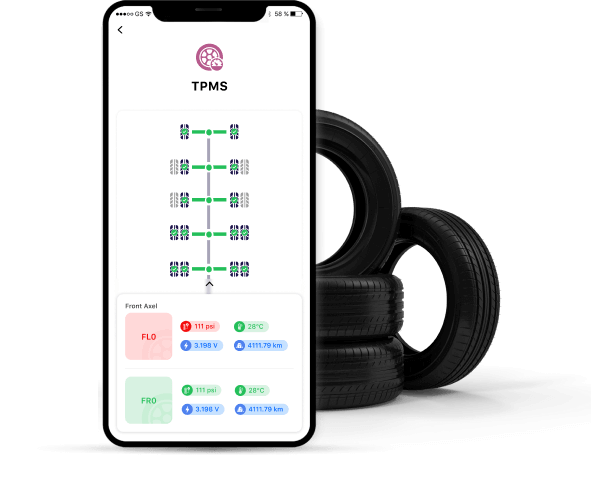Of course, it’s essential to understand that maintaining proper tire pressure is a fundamental aspect of vehicle safety. Accidents are caused by tire blowouts or sudden failures. Moreover, this can result in property damage, injuries, and even fatalities. This risk is present in various industries, including mining, agriculture, and trucking.
Moreover, with a focus on tire pressure management, fleet managers can consistently ensure their vehicles run on adequately inflated tires, effectively reducing the risk of accidents caused by underinflated tires.
Additionally, by actively monitoring real-time tire pressure, fleet managers can promptly identify and address tire-related issues before they escalate. This proactive approach not only extends tire life but also contributes to reducing maintenance costs.





